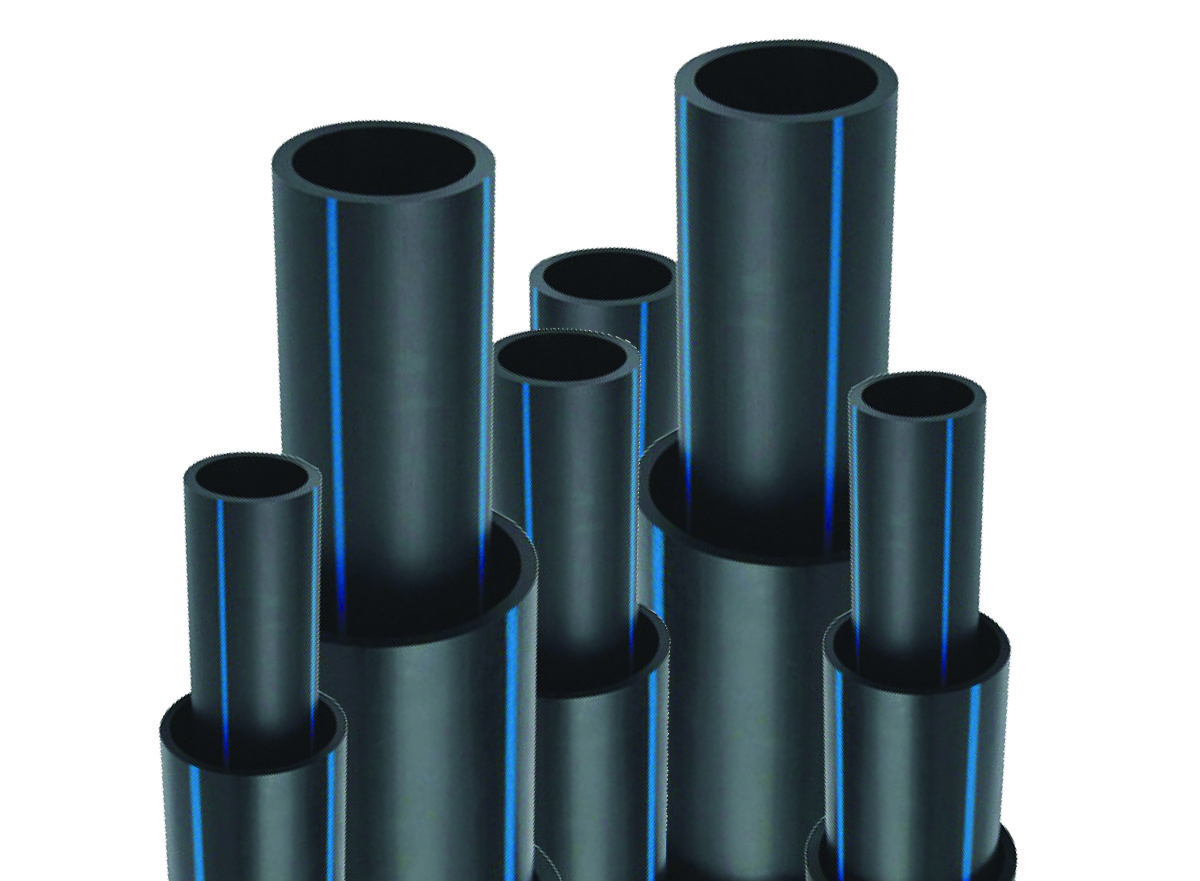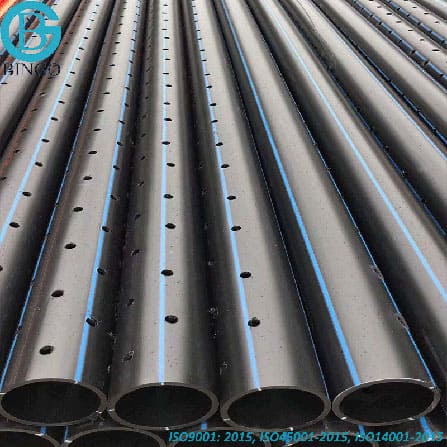The Advantages of Choosing Pipe Supplier American Plastics Midland
Comprehending the Key Benefits of HDPE Pipeline for Water and Wastewater Monitoring
The usage of HDPE pipeline in water and wastewater monitoring offers countless benefits that merit consideration. Its remarkable toughness and long life expectancy make it a recommended choice for many projects. Additionally, the product's resistance to corrosion and chemical damages enhances its dependability in different atmospheres. The benefits prolong past just long life and resistance. custom hdpe pipe manufacturing Midland TX. Exploring its cost-effectiveness and environmental impact reveals a lot more engaging reasons for its prevalent adoption in modern-day framework
Exceptional Durability and Long Life

HDPE pipe attracts attention for its outstanding resilience and long life, making it a recommended option in water management systems. Built from high-density polyethylene, these pipelines can stand up to significant pressure and anxiety, guaranteeing reliable performance gradually. Their robust nature allows them to sustain extreme environmental problems, including temperature fluctuations and soil activities, which can trigger various other materials to fall short.
The lifespan of HDPE pipelines frequently goes beyond 50 years, supplying a cost-effective service for communities and sectors alike. Additionally, the material's light-weight residential properties streamline installment, decreasing labor costs and durations. This longevity lessens the requirement for constant fixings or substitutes, even more boosting its economic appeal.
In water monitoring applications, the integrity of HDPE pipes means less interruptions and enhanced solution continuity, making them indispensable to lasting infrastructure growth. The combination of resilience and longevity strengthens HDPE's role as a keystone in efficient water management solutions.

Resistance to Corrosion and Chemical Damage
While numerous materials catch corrosion and chemical damages gradually, HDPE pipes exhibit impressive resistance, making them excellent for different water administration applications. This strength comes from the molecular framework of high-density polyethylene, which is naturally non-reactive and does not rust like metals or degrade from direct exposure to extreme chemicals. Because of this, HDPE is very efficient in atmospheres with hostile materials, such as wastewater systems that might have acids, bases, and natural solvents.
Furthermore, HDPE pipelines can stand up to environmental elements such as dirt acidity and saline conditions, even more boosting their viability for diverse applications (Pipe Supplier American Plastics Midland). Their capacity to keep structural honesty gradually reduces the risk of leakages and failures, which is critical in guaranteeing the safety and security and reliability of water circulation and wastewater monitoring systems. Consequently, the resistance to deterioration and chemical damages noticeably adds to the overall performance and long life of HDPE piping solutions
Cost-Effectiveness and Financial Benefits
When considering the financial implications of water monitoring systems, the cost-effectiveness of HDPE pipelines comes to be apparent. These pipes use reduced installment and upkeep prices compared to traditional products like metal or concrete. Their light-weight nature simplifies transport and setup, resulting in lowered labor costs. In addition, HDPE pipelines exhibit a lengthy lifespan, frequently exceeding half a century, which translates to less replacements and long-term financial savings.
The resistance of HDPE to rust and chemical damage decreases the demand for pricey repairs and replacements. The pipelines also sustain efficient water circulation, minimizing power costs linked with pumping systems. By alleviating leaks and water loss, HDPE pipelines contribute to substantial economic benefits for districts and markets alike. Overall, the preliminary investment in HDPE piping can yield substantial financial returns over the life expectancy of the water monitoring system, making it a prudent choice for sustainable facilities advancement.
Environmental Sustainability and Lowered Influence

Convenience and Adaptability in Installation
As a result of their special residential or commercial properties, HDPE pipelines offer remarkable flexibility and versatility in setup, making them suitable for a wide variety of applications. Their lightweight nature enables less complicated handling and transportation, minimizing labor prices and installment time. HDPE pipes can be bent and formed to fit numerous surfaces and task needs, which is especially advantageous in challenging settings.
In addition, their resistance to deterioration and chemical damage enables installment in varied settings without the demand for specialized safety finishings. The ability to fuse joints creates a continuous, leak-free system, boosting the general integrity and integrity of the setup. HDPE's adaptability likewise accommodates ground motion, minimizing the risk of damages in areas susceptible to shifting soil. Overall, these features make HDPE pipelines not just flexible but likewise a preferred option for water and wastewater management systems.
Often Asked Questions
Exactly How Does HDPE Pipeline Contrast to PVC in Water Monitoring Applications?
HDPE pipe uses premium versatility, resistance to deterioration, and toughness compared to PVC. Its lighter weight assists in less complicated installment, while its long life expectancy minimizes replacement expenses, making HDPE a recommended choice in water administration applications.
What Is the Lifespan of HDPE Piping Under Common Problems?
Under typical conditions, HDPE pipes can have a lifespan ranging from 50 to 100 years. Their sturdiness and resistance to rust add to their internet long-lasting performance in numerous applications, making them a reputable option for infrastructure.
Are HDPE Pipes Recyclable After Their Service Life?
Yes, HDPE pipes are recyclable after their solution life. American Plastics HDPE Pipe for Oilfield. They can be processed and repurposed into brand-new products, greatly lowering environmental impact and advertising sustainability within the industry, making them an environmentally friendly choice for piping remedies
What Is the Setup Process for HDPE Piping?
The setup procedure for HDPE pipes involves website preparation, trenching, pipeline combination or mechanical joining, backfilling, and stress testing. Correct methods guarantee a long lasting and efficient system for transferring water and wastewater efficiently.
Can HDPE Pipeline Be Used for Both Potable and Non-Potable Water Systems?
Yes, HDPE pipelines can be utilized for both drinkable and non-potable water supply. Their adaptability, longevity, and resistance to deterioration make them ideal for different applications, guaranteeing secure and effective transportation of water in different contexts.